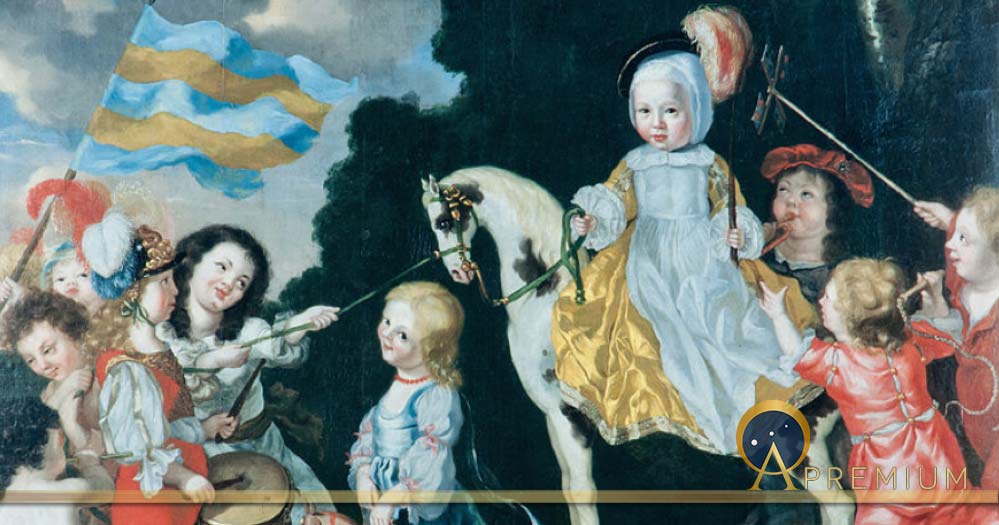When Children Came out to Play: Ancient Toys and Games
The main halls and secured vaults of museums around the world are loaded with vast arrays of grotesque antique weapons, golden lined velvet robes, ceremonial swords and crowns, jewel encrusted scepters and other adult treasures and artifacts. Toys, play paraphernalia and games from the most remote past are generally assigned a shelf or a dusty cabinet but kites, balls, yo-yos and stick dolls wrapped in cloth have been discovered across the face of the planet, proving that children’s imaginations have always mimicked real life.

Cycladic Art Museum, Athens, Greece. (Public Domain)
Ancient Toys
The oldest toys ever found were excavated by archaeologists in ancient Sumer; hand crafted human dolls and animals dated to 2600 BC, and in ancient Indus Valley clay animal-figures on wheels were dated to around 2500 BC. The earliest written record of toys was made in ancient Greece about 500 BC in a mention of ‘yo-yos’ being crafted from wood and metal for play and a painted Greek vase dated to 440 BC shows a boy playing with a terra cotta yo-yo disk which were often ceremonially offered to gods when the child owner came of age.

Little horse on wheels (Ancient Greek child's Toy). From tomb dating 950-900 BC. Kerameikos Archaeological Museum in Athens. (Public Domain)
Greek children used a wide range of toys including; the Stromvos spinning top; Platagi rattle in the shape of a pig, Athyrma pig and horse figurines, and Spheria, which were glass marbles. An article published on the Archaeological Museum of Chania website informs that Greek girls and boys played a point gathering game called ‘the guts’ (ankles) and Ephedrismos was another popular game meaning ‘sit upon’ in which two players each placed an upright stone on the ground and threw stones at them from a distance.
Another popular game was known as ostrakinda in which Greek children colored half of a shell black representing the night while the uncolored side was day. Players tossed their shells and the side whose color came up chased the other team, just like ‘tag’.
READ MORE…
Like this Preview and want to read on? You can! JOIN US THERE ( with easy, instant access ) and see what you’re missing!! All Premium articles are available in full, with immediate access.
For the price of a cup of coffee, you get this and all the other great benefits at Ancient Origins Premium. And - each time you support AO Premium, you support independent thought and writing.
Ashley Cowie is a Scottish historian, author and documentary filmmaker presenting original perspectives on historical problems, in accessible and exciting ways. His books, articles and television shows explore lost cultures and kingdoms, ancient crafts and artifacts, symbols and architecture, myths and legends telling thought-provoking stories which together offer insights into our shared social history. www.ashleycowie.com.
Top Image: Children Playing by David Klöcker Ehrenstrahl (1651) Skokloster Castle (Public Domain)
By Ashley Cowie



















